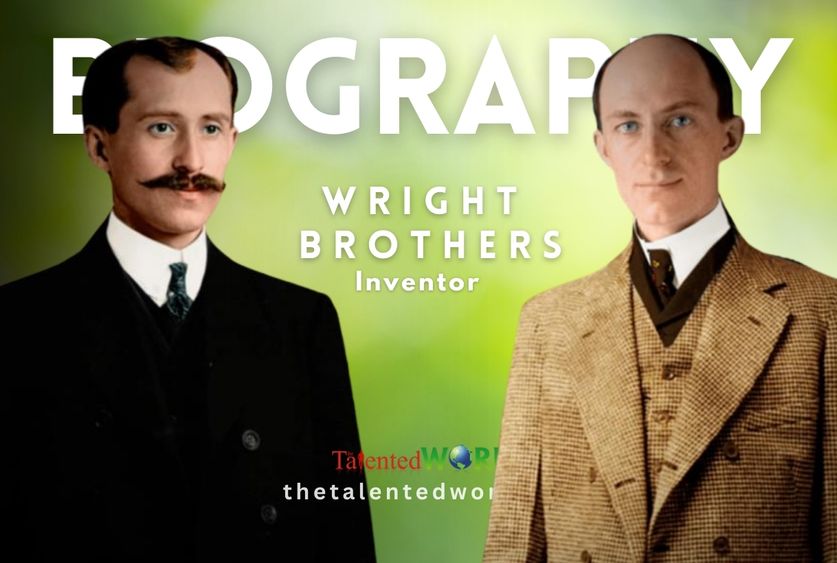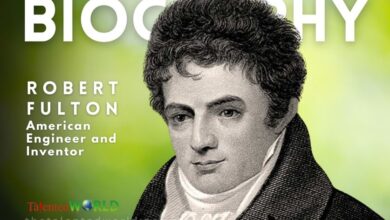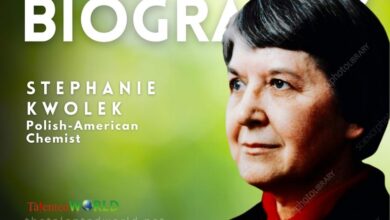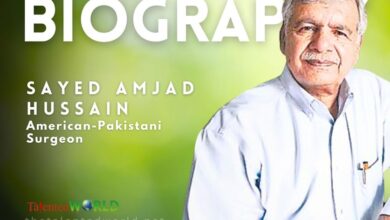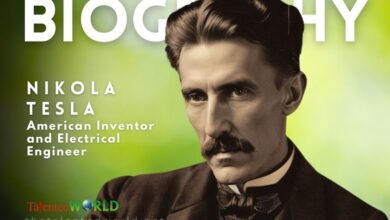| Nationality | American |
| Known for | Inventing, building, and flying the world’s first successful airplane with the Wright Flyer |
| Parents | Milton Wright (father), Susan Catherine Koerner Wright (mother) |
| Birthplace | Orville: August 19, 1871, Dayton, Ohio, U.S. Wilbur: April 16, 1867, Millville, Indiana, U.S. |
| Death | Orville: January 30, 1948, Dayton, Ohio, U.S. (aged 76) Wilbur: May 30, 1912, Dayton, Ohio, U.S. (aged 45) |
| Cause of Death | Orville: Heart attack Wilbur: Typhoid fever |
| Education | Orville: 3 years high school Wilbur: 4 years high school |
| Occupation | Orville: Printer/publisher, bicycle retailer/manufacturer, airplane inventor/manufacturer, pilot trainer |
| Wilbur: Editor, bicycle retailer/manufacturer, airplane inventor/manufacturer, pilot trainer |
| Notable Works | Wright Flyer, Wright Flyer II, Wright Flyer III |
| Inventions | Three-axis control system for aircraft, which enabled effective flight control and balance |
| Patents | First U.S. patent focused on a system of aerodynamic control for flying machines |
| Contributions | Conducted extensive glider tests, developed skills as pilots, worked with shop mechanic Charles Taylor |
| Childhood interests in toys like a toy helicopter and experience with bicycles influenced their aviation work |
